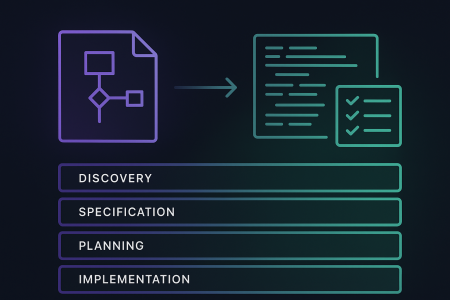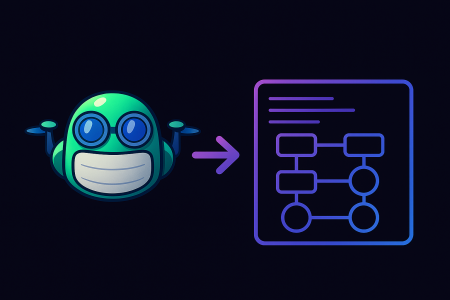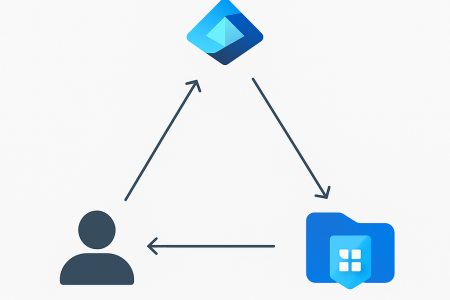“AI without guardrails is a cassowary in the server room, it looks cool right up until it knocks your data governance flat.”

AI tools are transforming the way we work. From summarising documents in Microsoft 365 to accelerating development with GitHub Copilot, there are real productivity gains on the table. But let’s not kid ourselves. Potential doesn’t equal maturity, and speed doesn’t replace security.
I’m optimistic. Within Microsoft’s ecosystem, AI features are arriving fast:
- Microsoft Copilot is helping us draft, analyse and collaborate at scale
- Security Copilot is reshaping threat detection and incident response
- GitHub Copilot is accelerating dev teams and reducing grunt work
These tools aren’t theoretical. I’ve seen them save hours of time and unlock new ways of working. But without a proper foundation in data security and governance, you risk turning powerful assistance into avoidable exposure.
The Hidden Costs: Oversharing, Misuse and Data Exposure
AI is only as good as the data it sees. The moment someone pastes internal IP into Copilot to “make it clearer” or uploads a sensitive report to “summarise it faster”, you’re gambling with your data.
If you’re not using Microsoft Purview to classify and protect content, you’re relying on luck. If you’re not setting access controls through Entra ID and Conditional Access, you’re flying blind.
The problem isn’t the tools. It’s a lack of guardrails. AI scales whatever it’s given, value or risk.
What Secure AI Use Actually Looks Like
Here’s what an enterprise-ready, security-aligned approach looks like in practice:
🔐 Classify Your Data
Use Microsoft Purview to label and protect content. Make sure Copilot respects the sensitivity of what it’s seeing.
👤 Control Access
Implement role-based access and Conditional Access policies. Don’t let Copilot become an ungoverned backdoor to sensitive files.
🛡️ Enforce Information Protection
Apply encryption and DLP policies with Microsoft Information Protection. Prevent sensitive data from being mishandled at the source.
🔍 Monitor Usage
Use Defender for Cloud Apps and Purview Audit to track how AI features are being used. Treat misuse as you would any other insider risk.
🧠 Educate, Don’t Automate
Make it clear to your people: AI is a co-pilot, not an autopilot. It should enhance judgement, not replace it.
Linking to Microsoft’s Secure Future Initiative
This is exactly the kind of thinking Microsoft is encouraging through the Secure Future Initiative (SFI). The message is simple: digital transformation must come with security at the core.
SFI focuses on three things:
- Building AI-first security into platforms
- Uplifting software engineering practices
- Driving global advocacy for stronger cyber norms
Responsible AI adoption directly supports all three. You’re securing the data layer, embedding guardrails into daily workflows, and helping raise the bar across your organisation and industry.
SFI isn’t just about Microsoft securing its own house. It’s a signal to everyone else: do the work, uplift your maturity, and stop treating AI like a shortcut.
Don’t Skip the Fundamentals
The most impressive AI output still needs human context, business judgement and data governance behind it. It won’t know what’s sensitive unless you tell it. It can’t protect data unless you’ve put the protections in place.
Want to move fast? Good. Just don’t skip the basics. If your foundation isn’t strong, you’re accelerating straight into risk.
The Bottom Line
Microsoft Copilot and related AI tools are powerful, but they’re not magic. Use them. Build with them. Let them take the busywork off your plate. But do it with clear controls, a grounded risk model, and proper training for your people.
Ask yourself: are we enabling AI responsibly, or just chasing hype?
If the foundation is there, go ahead and scale.
If it’s not, fix that first.
Security doesn’t slow innovation. It makes sure the innovation lasts.







